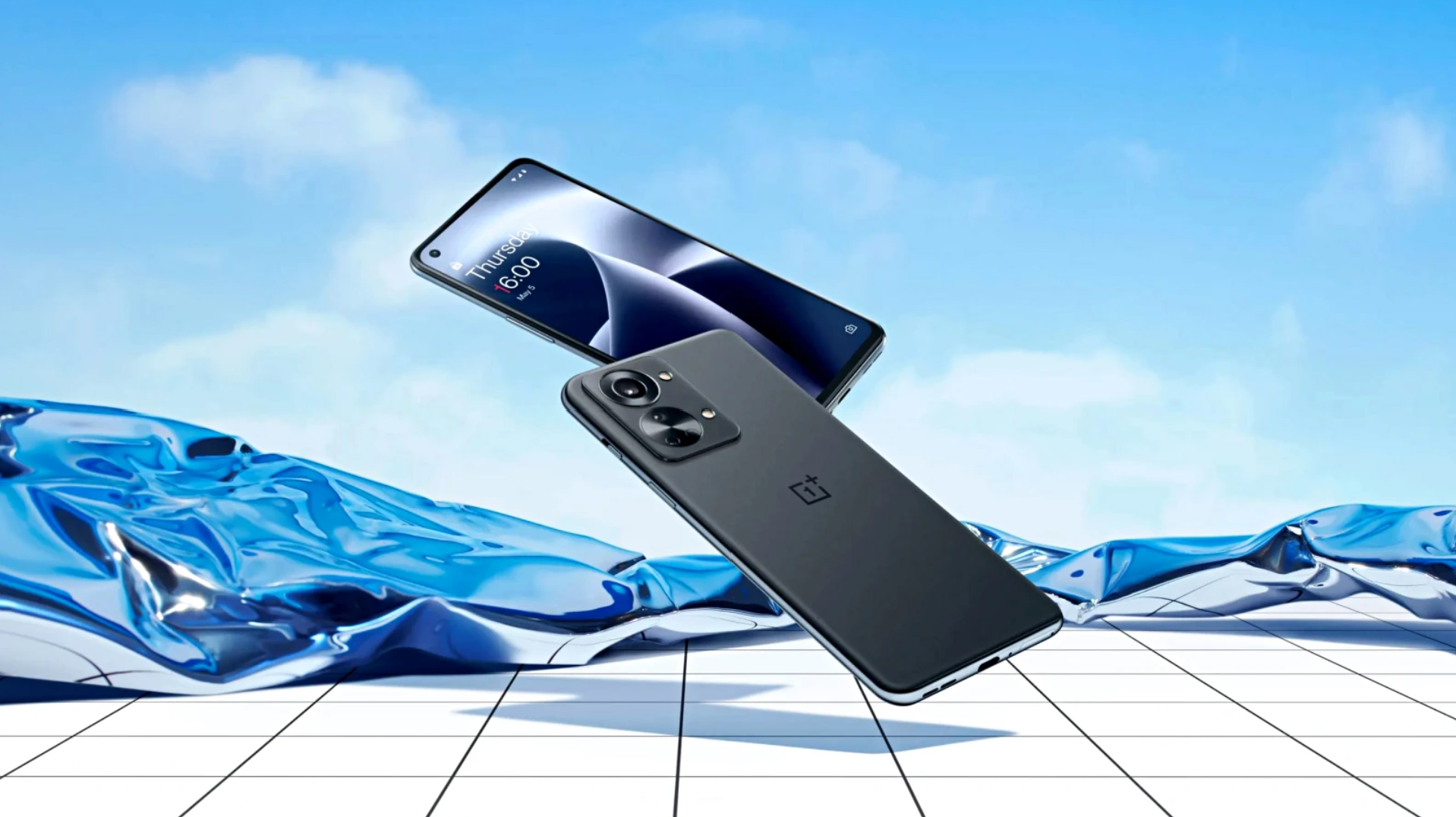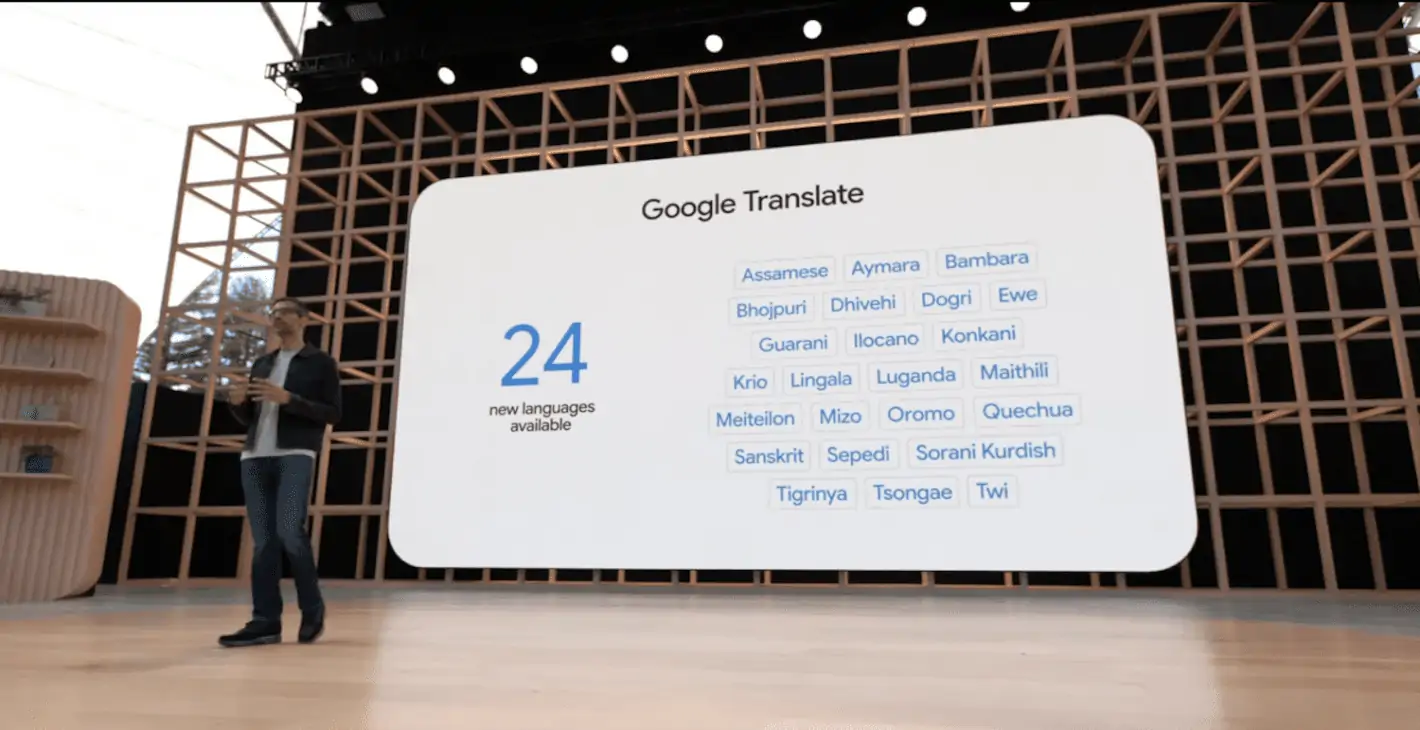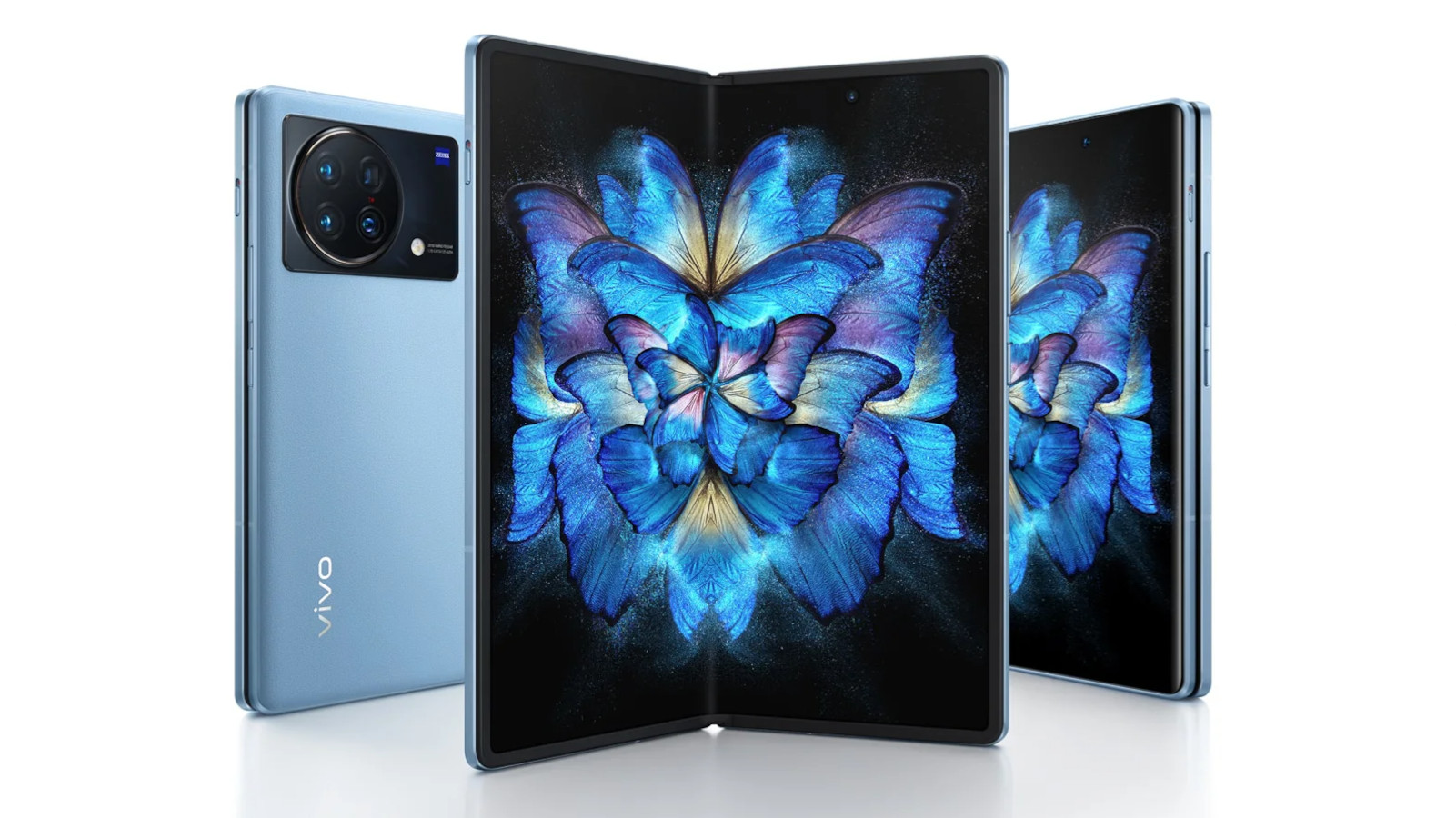If Cardboard was ’s way to democratize virtual reality, the company announced the next step to make it more accessible with mp.
mp is made up of three parts: The first is the camera. provides free specs on how to build a 360-degree camera rig, including schematics for 3D-printing components. Bavor said the company knows not everyone will want to mill their own, so he also presented Goo’s turn-key product, which uses an array of 16 cameras to shoot VR video.

will give away plans details on how to build your own stereoscopic VR rig this summer.
The second component is the assembler, the software for converting that raw video into VR. Much of the difficulty of shooting VR video is getting the camera geometry just right, syncing the frames the exposure, said Bavor. th Assembler, has done the hard work will share the software for free.
“This is where the magic really begins,” Bavor said. The assembler takes the video from the 16 cameras synthesizes a stereoscopic VR video. It takes a “whole lot of computers” to do it, Bavor remarked, as he walked through the computational-intensive task of making just one frame of video—color compensation, exposure compensation, alignment more.
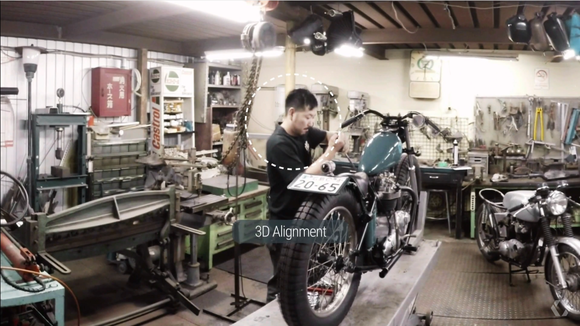
The Assembler stage of ’s mp analyses synthesizes video from 16 different cameras.
at appears to distinguish mp from the traditional surround-still video technologies that have been kicking around for well over a decade is the stereo information in the imagery. In the demo Bavor gave, shifting your head to the right or left would appear to move your head in the scene have objects in the video shift as your perspective would. Most virtual reality still video, such as Samsung’s MilkVR, are fairly static on movement, or they rely on 3D-rendered scenes such as those in a video game. ’s mp appears to take it it to the next level.
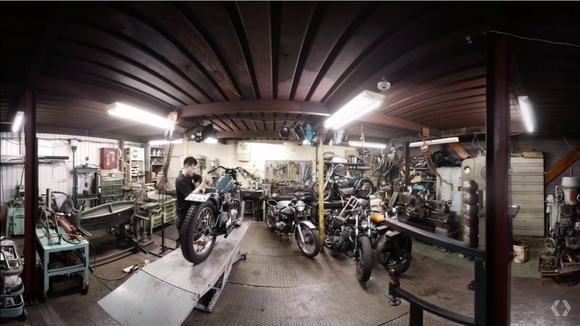
The final product, when viewed using Cardboard on Youtube will let you feel like you’re in the room with depth too.
Eventually, it’s possible mere civilians will be able to access ’s mp. For now, however, the company said it’s approaching “select creators” to use mp.
th Cardboard mp , has produced two pieces of the puzzle. Cardboard lets anyone with an Android phone view the video or images. mp makes the cost of shooting the video more affordable.
Now for the third final piece: where to view that video. And if you guessed YouTube, you win a cy cigar. Starting this summer, Bovar promised, YouTube will support stereoscopic VR video. For those who need something to watch now, Bavor said YouTube this week will start streaming non-stereoscopic video.
Of course, mp wasn’t the only cool new product announced at I/O. For the full rundown about Inbox’s tweaks, the new otos app, the Brillo OS for Internet of Things devices, a whole lot more, check out ’s I/O ling page. And be sure to vote in our survey below for the major I/O announcements that excite you the most.
